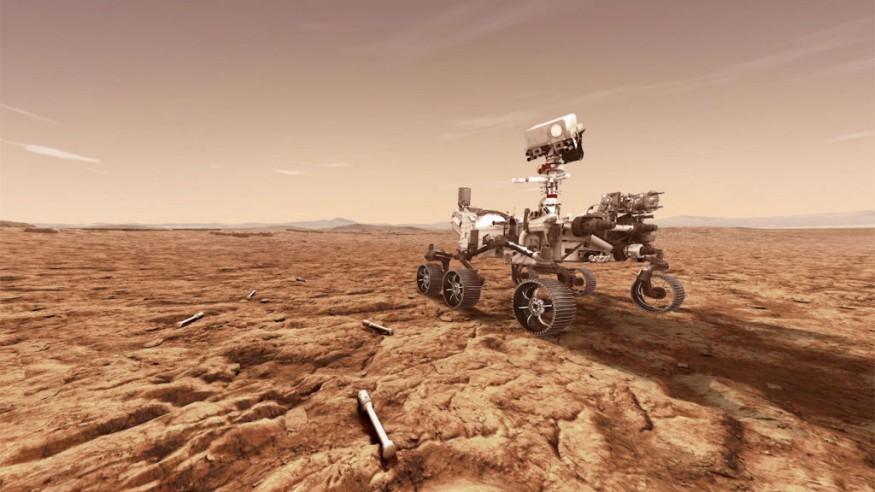Mars, the 4th planet from the Sun in our solar system, has been a fascination of space exploration and a possible future settlement for humans over the century. However, the current climatic situations of Mars are not entirely conducive for humans to live.
However, the notion of Mars being an inhabitable planet is not entirely true; for it is known that the planet once had ocean waters and a magnetic field, which are one of the key indicators for life to thrive there. In a new study, experiments were made to determine how Mars lost its oceans.
Mars, a Future Human Settlement?

Mars is also known as the 'red planet' because iron minerals on the planet's soil oxidize or rust, resulting in the reddish look of the Martian atmosphere and surface, as per the National Aeronautics and Space Administration (NASA).
The red planet is also one of the most explored heavenly bodies in our solar system. Unlike other planets, Mars is the only one where we have sent space rovers for exploration and the Martian landscape has been subjected for possible human settlement in the future.
In a new study published in the journal Science News on February 8. Researchers found that the behavior of the red planet's molten metal in its core may have caused both the formation and disappearance of its magnetic field and also its ocean waters.
Also read : Earth Organisms Could Survive on Mars
Central Questions Surrounding the Study
Kei Hirose, a professor from the University of Tokyo - Department of Earth and Planetary Science, proposed several questions on Mars, and these questions were the main themes where the study revolved on:
- Was there a magnetic field around Mars?
- Why was there a magnetic field on the red planet?
- Why was it there so briefly?
To answer Hirose's questions, the study's lead author Shunpei Yokoo, a Ph.D. student at Hirose's lab and the University of Tokyo, organized a team to simulate the conditions of Mars at a time when it has a magnetic field.
Experiment: Simulating the Core of Mars
Yokoo and the other researchers conducted experiments involving the recreation of the conditions of Mars' core billions of years ago. The experiment found that the molten metal inside the planet briefly gave Mars a magnetic field (similar to Earth) but was set to disappear.
It has long been thought that the mechanisms of planetary cores and magnetic fields of other planets work the same way similar to Earth. In the case of Mars, the researchers found that seismic readings from NASA's InSight probe showed Mars' core is larger and less dense than we have previously thought.
Based on NASA's data, the research team implied that there is a presence of additional lighter elements such as hydrogen in the red planet's core. They conducted an experiment involving iron, sulfur, hydrogen, diamonds, lasers, and Fe-S-H, to simulate Mars' core.
The team then placed the elements between the two diamonds-which served like Mars' core. The diamonds were then compressed and heated the diamonds with an infrared laser.
Disappearance of Magnetic Field and Oceans
The result was the homogenous Fe-S-H element split into two different liquids, one rich in sulfur, and the other rich in hydrogen, which has not been seen ever since.
The researchers rationalized that the phenomenon involving the splitting of Fe-S-H may explain the beginning and disappearance of the magnetic field around Mars, specifying that it may have caused convection currents capable of evaporating and trapping water in an atmosphere around Mars.
Convection currents affect all of a planet's wind in the atmosphere, tectonic plates in the geosphere, and ocean currents in the hydrosphere, according to the University of California, Berkeley.
The study concluded that Mars may have lost its ocean waters when it lost its magnetic field. Its researchers suggested a further seismic study of Mars should be conducted to verify if the red planet's core is truly in distinct layers as they predict.
Related article : Blue Color Found on Mars, Dominates the Other Side of the Red Planet
© 2025 NatureWorldNews.com All rights reserved. Do not reproduce without permission.





